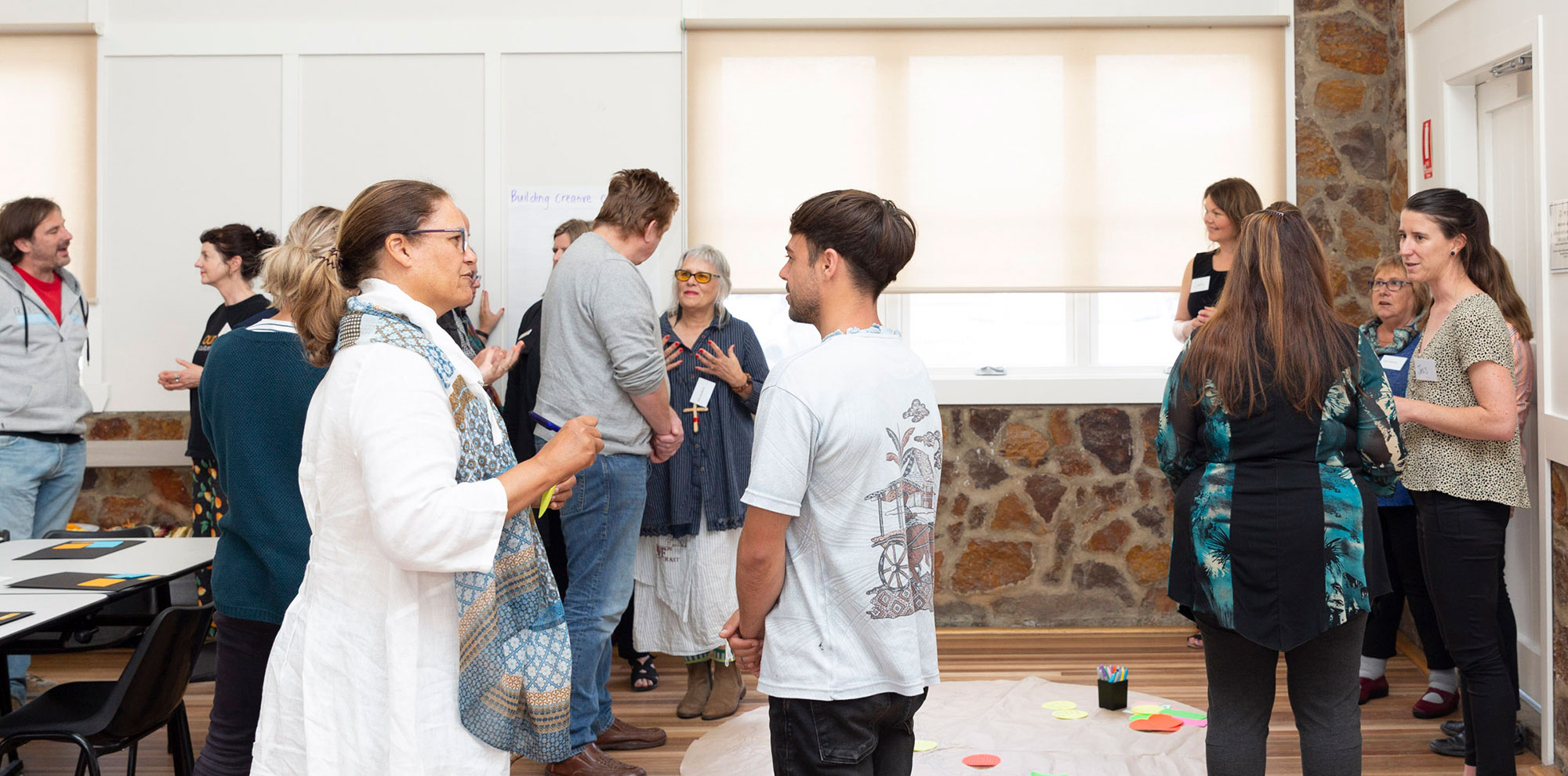Hands up those of you that can already predict who your community engagement program is going to attract? Before you awkwardly raise your hand with a fed-up sigh, read on.
In asking ourselves if our community engagement program is truly inclusive, we need to start unpacking some really big issues. Issues of power, values, education, access, culture and privilege make our work so complex. It’s not easy to tackle these head-on, but by considering these five simple tips we can chip away at some institutional assumptions and build more inclusive practices.
1. Identify all your stakeholders
It’s really tempting to forgot the ‘hard to reach’ cohort; those with diverse and complex needs that often face inequalities and barriers to participation (culturally diverse, homeless, time poor families, young people – to name just a few). I’ve recently heard ‘hard to reach’ being replaced with ‘easy to ignore’. Sadly, this description feels more accurate than it should. Let’s start by simply identifying such groups and acknowledging barriers to participation.
2. Invite people to participate
Make sure you reach out via appropriate avenues for your target group. Connecting with organisations that have cultural ties or provide services to target communities can provide valuable insights and opportunities. Do you have links to the local youth groups, footy teams, multicultural groups or seniors’ clubs? Do you have the people-power (or budget) to do letterbox drops, use translation services or conduct online marketing campaigns? It may seem like exhausting work, but extra effort from the outset can mean the difference between hearing those relevant voices or not.
3. Test your community engagement program to detect barriers
A focus on enabling participation is not enough. There may be multiple barriers even once they’ve managed to gain access. These may include: language, time of day, location, childcare, levels of education, dominant participants, or access to technology. Additional support, whilst resource intensive, can help community feel less overwhelmed and more willing to taking part. Similarly, incentives or financial compensation can open engagement up to a wider demographic. Helping to lower barriers to participation for those at a disadvantage.
4. Provide a range of methods in your engagement program
Good practice is going out and meeting people where they are, using a range of techniques that are best suited to them. Be creative and the methods could be endless; chats in a local hall; video blogs; games in the playground; online forums; citizen’s juries. Thinking about your audience and how they would best contribute is no longer an option, it’s essential. Always replicate what you do in person online, so shift workers, families can participate in the project from the comfort of their own couch.
5. Ensure transparency and accountability
A lack of trust in policy makers and processes can be a huge deterrent in taking part. Community can be understandably suspicious about getting involved when they have seen few results for their efforts. Effective engagement requires open and transparent two-way information with specific focus on opportunities, constraints and outcomes. The challenge is to enable individuals to shape spaces for engagement themselves, decide how they wish to participate, and understand decision-making processes.
Get in contact we’d be happy to talk to you more about this. For more information about inclusive community engagement check out IAP2.


